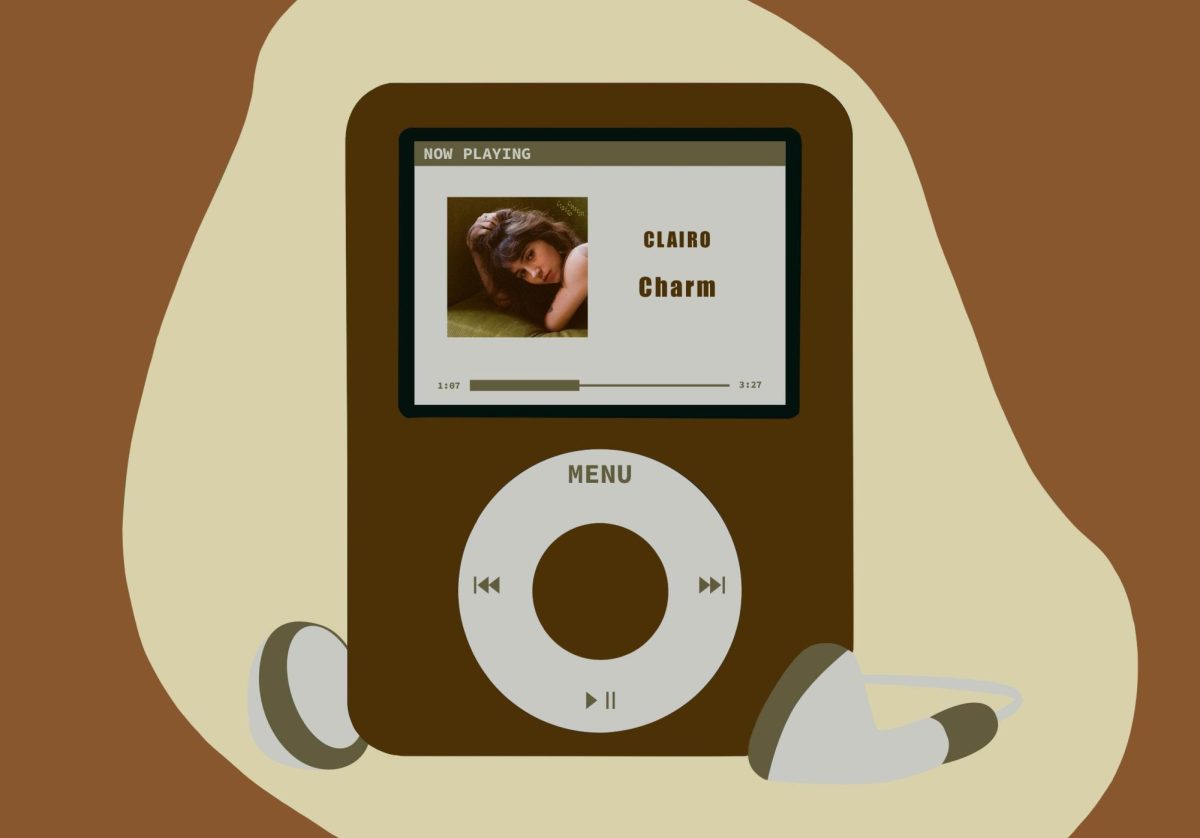Rituals need a little spice every now and then.
Formed in 1987, the American Indian Dance Theatre has garnered worldwide acclaim for its interpretations of both sacred and secular American Indian dances.
Traditional music, dance and culture combine with modern ideas to create a performance that spans centuries.
Hanay Geiogamah, a member of the Delaware and Kiowa tribes of Oklahoma, is a founding member of the company. “We were going to put on a one-time show in 1987, and once we got the cast together with the music and dances, we realized we had the basis of a touring company. We performed that first show and then started to tour the next year,” he said.
It didn’t take long for that newly formed company to develop a series of dances and start to tour. Its now-extensive repertoire focuses on regional dances, such as ones from the Iroquois League of the Northeast and the tribes of the Great Plains.
With dancers and musicians from across the United States, it’s hard to have a central base of operations for the company. Combined with funding concerns this means the company can be flexible in creating its work, and it also keeps the troupe diverse instead of settled around a certain region or tribe.
The troupe stays accessible to all American Indian tribes through its mobile operations, and it represents numerous tribes through its dancers and performers from New Mexico, North Carolina, Wisconsin, Oklahoma, Sas-katchewan, Montana, Idaho, Colorado, Alberta and the Dakotas.
The dancers have performed in nearly every state. They have toured Europe, Asia, Canada and Australia, and they were even given a key to the city of Lille, France.
American Indian Dance Theatre has found a way to showcase traditional dances in a theatrical performance without compromising the principles of the dances.
They use vocabulary from American Indian ceremonial dances as their choreographic base and then embellish the dances with their own elements. “We combine different styles we’ve discovered to create something new and to enhance the traditional performance,” Geiogamah said.
When they interpret ceremonial dances, American Indian Dance Theatre works closely with those tribes. The troupe asks permission from the tribe, and then works with tribal teachers to ensure the sanctity of the performance. Since many tribes have strong traditional values, the company knows that any experimentation must be carefully done.
“We don’t want to dishonor the strength of the traditions by misinterpretations, but it’s important to keep that creative flow in our minds when we work,” Geiogamah said. “There’s a special inheritance that we receive from these histories, and we have a responsibility to be the vehicles that respectfully carry it forward.”
American Indian Dance Theatre’s second television special, “Dances for the New Generations,” is a documentary about the process the company goes through from permission to performance. It was also the first American Indian production to receive a nomination for a Primetime Emmy Award.
“Kotuwokan,” the piece they will stage at the Ordway, translates to “come celebrate the dance” in the Algonquin language. This fusion of traditional dance and contemporary ideas tells a tale of finding individual and community identities and values. It’s a classic story of the hunt to discover the true spirit within a person that both American Indian and non-American Indian audiences can relate to.
“Kotuwokan” includes a short work by modern-dance choreographer Laura Dean, who has also been commissioned by the New York City Ballet and the Joffrey Ballet.
Dean’s quartet, entitled “New Dance,” provides a period of more minimalistic choreography for the entire piece. Many other dances have more spectacular costumes and choreography, and Dean’s piece provides a contrast to their intricacies.
Modern choreography isn’t the only non-traditional aspect of the dance. Ceremonial instruments share the air with saxophones and electric guitars.
Traditional music is performed live on stage, but the group also incorporates modern music along with its modern choreography. “We enjoy working with contemporary music,” Geiogamah said, “but we use recorded music as well since we can’t bring a rock band or a full concert orchestra along with us on our tours.”
The troupe spends a lot of time on tour, but it also stays focused on the formation of new dances. The company has a full-length piece in the works that uses the music of contemporary American Indian musician Jim Pepper, who blended American Indian music with jazz and added a saxophone.
Despite the large traditional presence in the lives of many American Indians, Geiogamah and his company believe the culture must evolve and change to keep up with the other changes in life. It’s not an easy goal to reach.
Geiogamah is the director of American Indian studies at UCLA and also teaches American Indian theater. As a teacher, he realizes the significance of preserving the American Indian culture for future generations. The troupe also works with schools and provides educational programs. “The heritage received from a tribal past is as significant today as it was to the people 50, 100 or 200 years ago,” Geiogamah said. “The people need to know and have access to the spirituality of the ceremonial events.”
In 1990, the American Indian Dance Theatre was the first all-Indian group to earn a Grammy nomination. Also that year, its first PBS show, “Dance in America: Finding the Circle,” premiered on “Great Performances.”
American Indian Dance Theatre has a place within the international world of dance and in American Indian communities. The company adds a little theatricality to the dances, but it certainly stays true to the spirit within.
















